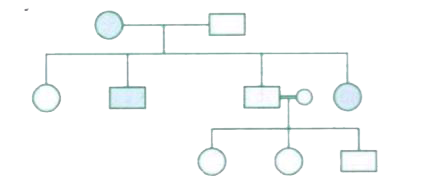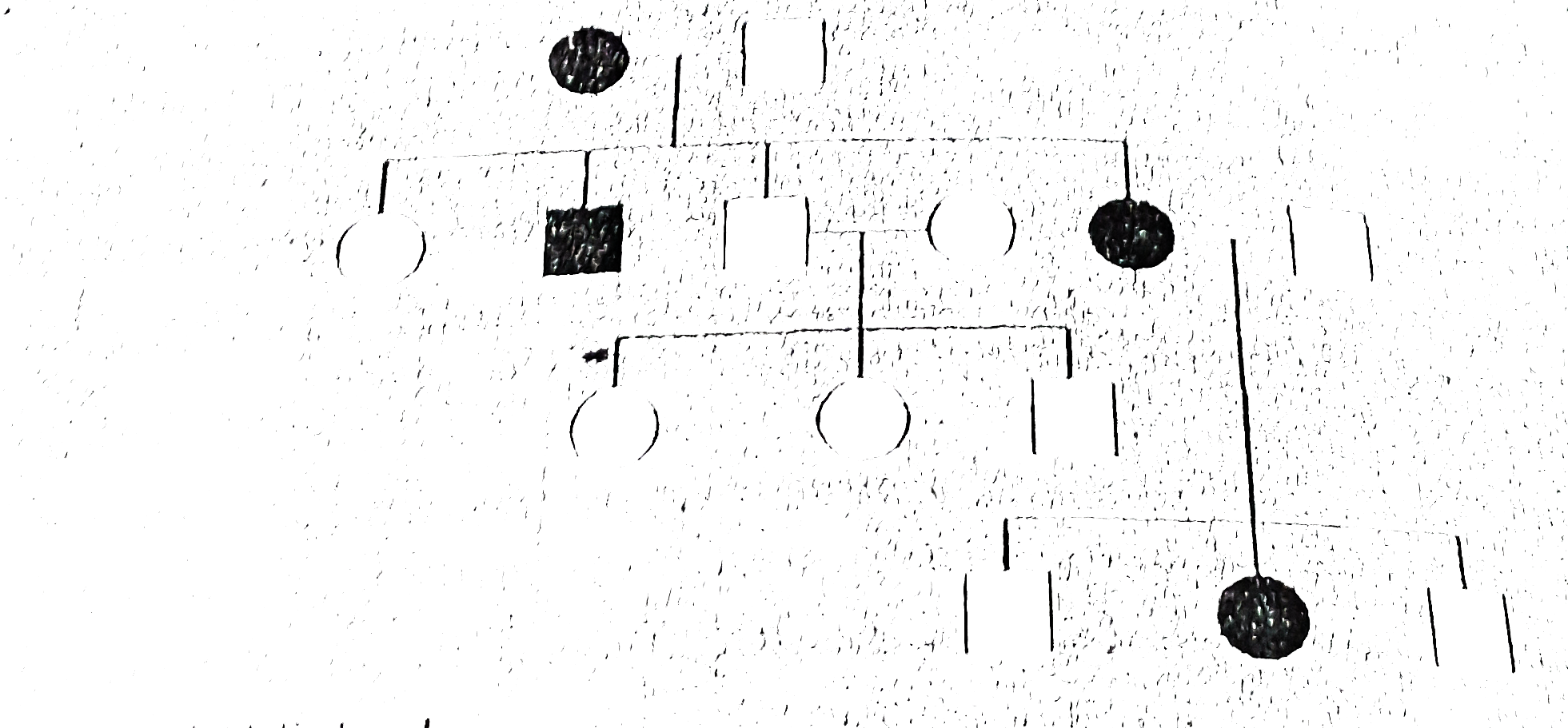Name one autosomal dominant and one autosomal recessive Mendelian disorder in human.
To answer the question regarding one autosomal dominant and one autosomal recessive Mendelian disorder in humans, we can follow these steps:
1. Define Mendelian Disorders:
- Mendelian disorders are genetic disorders that result from mutations at a single genetic locus. These disorders can be inherited in different patterns, including autosomal dominant and autosomal recessive.
2. Understand Autosomal Dominant Inheritance:
- In autosomal dominant inheritance, a single copy of a mutated gene is sufficient to cause the disorder. This means that if one parent carries the mutated gene, there is a 50% chance that the child will inherit the disorder.
3. Identify an Example of Autosomal Dominant Disorder:
- One well-known example of an autosomal dominant disorder is Huntington's disease. This condition is a progressive brain disorder caused by a mutation in a single defective gene located on chromosome 4.
4. Understand Autosomal Recessive Inheritance:
- In contrast, autosomal recessive inheritance requires that both copies of the gene (one from each parent) must be mutated for the disorder to manifest. If an individual has only one mutated copy, they are typically a carrier but do not show symptoms.
5. Identify an Example of Autosomal Recessive Disorder:
- A common example of an autosomal recessive disorder is cystic fibrosis. This inherited condition causes severe damage to the lungs, digestive system, and other organs due to mutations affecting the cells that produce mucus, sweat, and digestive juices.
Final Answer:
- Autosomal Dominant Disorder: Huntington's disease
- Autosomal Recessive Disorder: Cystic fibrosis
---
- Mendelian disorders are genetic disorders that result from mutations at a single genetic locus. These disorders can be inherited in different patterns, including autosomal dominant and autosomal recessive.
- In autosomal dominant inheritance, a single copy of a mutated gene is sufficient to cause the disorder. This means that if one parent carries the mutated gene, there is a 50% chance that the child will inherit the disorder.
- One well-known example of an autosomal dominant disorder is Huntington's disease. This condition is a progressive brain disorder caused by a mutation in a single defective gene located on chromosome 4.
- In contrast, autosomal recessive inheritance requires that both copies of the gene (one from each parent) must be mutated for the disorder to manifest. If an individual has only one mutated copy, they are typically a carrier but do not show symptoms.
- A common example of an autosomal recessive disorder is cystic fibrosis. This inherited condition causes severe damage to the lungs, digestive system, and other organs due to mutations affecting the cells that produce mucus, sweat, and digestive juices.
- Autosomal Dominant Disorder: Huntington's disease
- Autosomal Recessive Disorder: Cystic fibrosis
Topper's Solved these Questions
- PRINCIPLES OF INHERITANCE AND VARIATIONBOOK - ICSECHAPTER - PRINCIPLES OF INHERITANCE AND VARIATIONEXERCISE - PRACTICE QUESTIONS ( SHORT ANSWER TYPE-I QUESTIONS)
15 Videos
- PRINCIPLES OF INHERITANCE AND VARIATIONBOOK - ICSECHAPTER - PRINCIPLES OF INHERITANCE AND VARIATIONEXERCISE - PRACTICE QUESTIONS ( SHORT ANSWER TYPE-II QUESTIONS)
29 Videos
- PRINCIPLES OF INHERITANCE AND VARIATIONBOOK - ICSECHAPTER - PRINCIPLES OF INHERITANCE AND VARIATIONEXERCISE - MULTIPLE CHOICE QUESTION
98 Videos
- ORGANISMS AND POPULATIONSBOOK - ICSECHAPTER - ORGANISMS AND POPULATIONSEXERCISE - COMPETITION CORNER (ASSERTION AND REASON TYPE QUESTIONS)
22 Videos
- QUESTION PAPER 2022 TERM 1BOOK - ICSECHAPTER - QUESTION PAPER 2022 TERM 1EXERCISE - MULTIPLE CHOICE QUESTIONS
45 Videos
Similar Questions
In the following pedigree chart, state if the trait is autosomal dominant, autosomal recessive or sex linked. Give a reason for your answer:

View SolutionGive an example of a sex-linked recessive disorder in humans.
View SolutionWhich one of the following is an example of an autosomal recessive disorder?
View SolutionPhenylketoniuria is autosomal recessive disorder of chromosome
View SolutionIn the following pedigree chart, the mutant trait is shaded black. The gene responsible for the trait is

(1) Dominant and X- linked
(2) Dominant and autosomal or dominant and X-linked
(3) Recessive and X-linked
(4) Recessive and Y-linked.
View SolutionName a blood related autosomal Mendelian disorder. Why is it called Mendelian disorder? How is the disorder tansmitted from parents to offsprings?
View SolutionPic out the correct stataments
(I) Haemophilia is a sex-linked recessive disease
(II) Down's syndrome is due to aneuploidy
(III) Phenylketonuria is an autosomal dominant gene disorder
(IV) Phenylketonuria is an autosomal recessive gene disorder
(V) Sickle-cell anaemia is an X-linked recessive gene disorder
View SolutionMention any two autosomal genetic disorders with their symptoms.
View SolutionPick out the correct statements
a. Haemophilia is a sex linked recesive disease
b. Down's syndrome is due to aneuploidy
c.Phenylketonuria is an autosomal recessive gene disorder
d.Sickle cell anaemia is a X-linked recessive gene disorder
View SolutionPick out the correct statements: (i) Haemophilia is a sex-linked recissive disease.
(ii) Down's syndrome is due to aneuploidy.
(iii) Phenylketonuria is an autosomal recessive gene disorder.
(iv) Sickle cell anaemia is an X-linked recessive gene disorder.
View Solution
